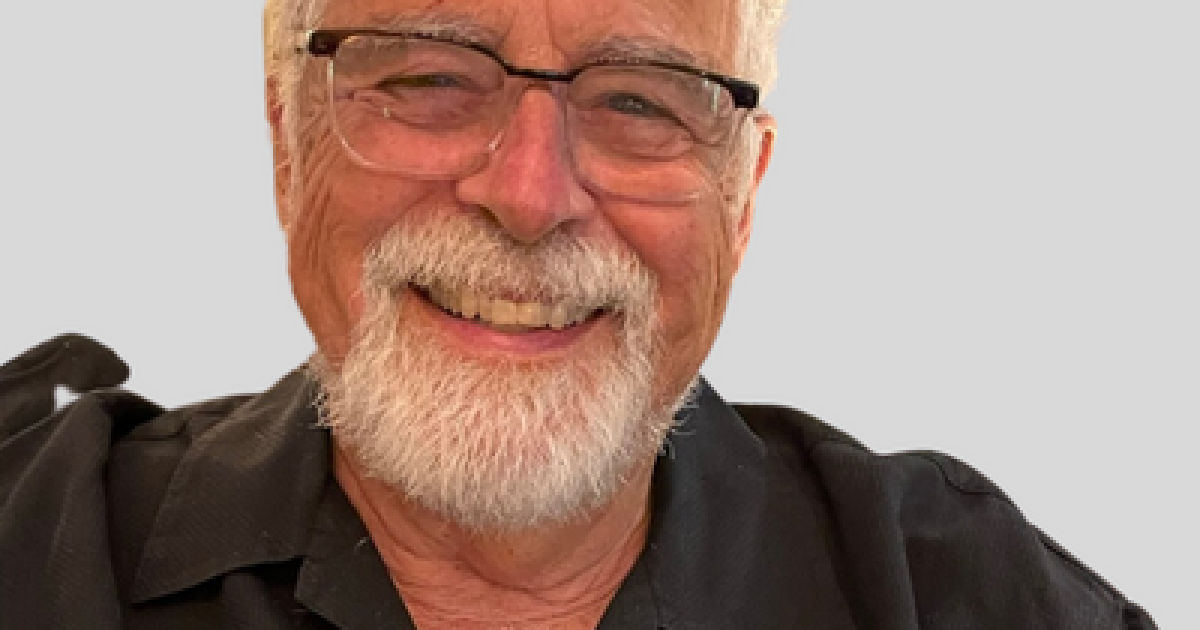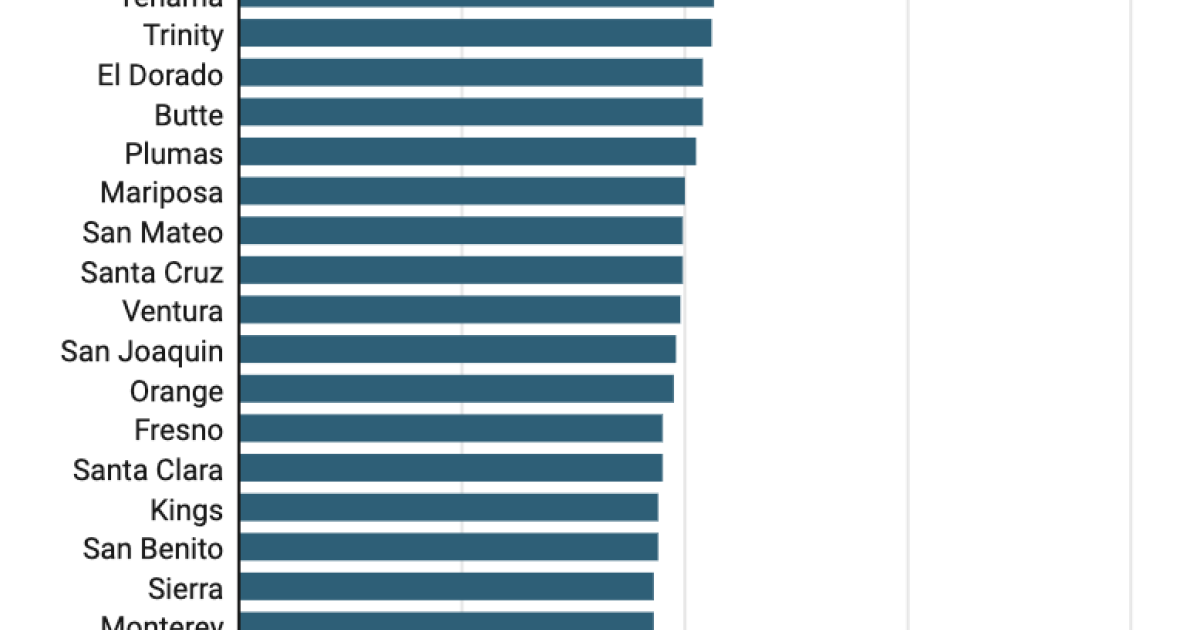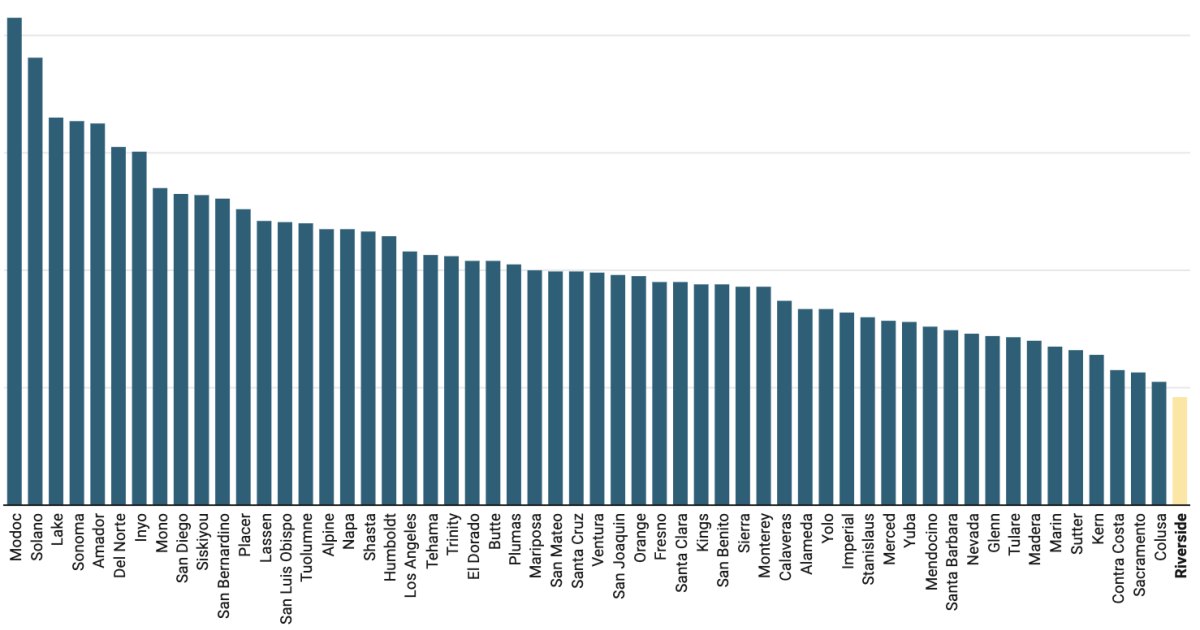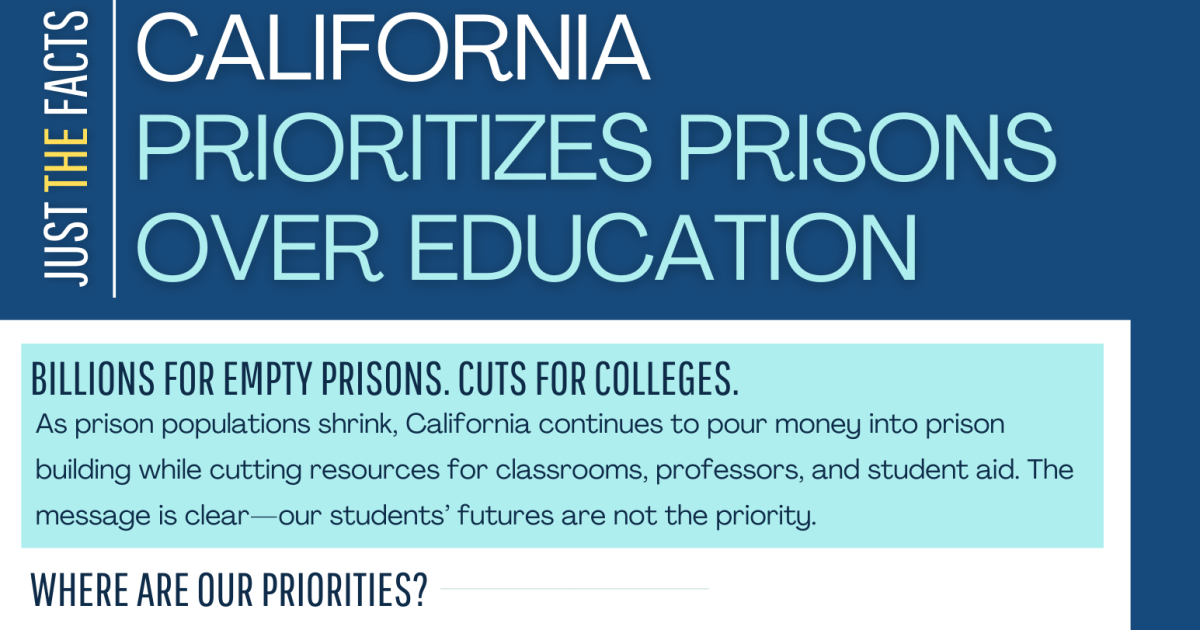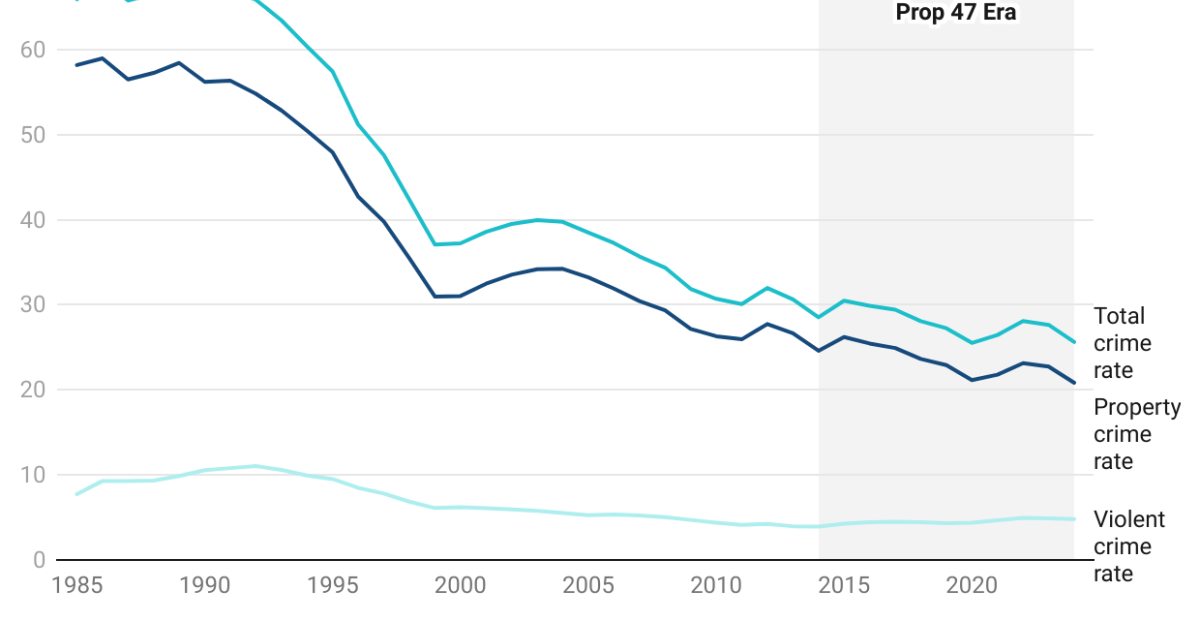The San Francisco Standard speaks with our senior researcher Mike Males for their piece on continued crime declines in San Francisco in 2025.
Newsletter Dec 18, 2025
Cameo House Receives Certificate of Honor
Supervisor Jackie Fielder presents our Cameo House program with a certificate of honor for its critical work with San Francisco’s justice-involved women and children.
If Trump were genuinely motivated by public safety, he wouldn’t be targeting San Francisco.
CJCJ mourns the passing of longtime Board Member David Bracker. For more than two decades, David was an extraordinary advocate, leader, and friend to CJCJ.
Newsletter Sep 23, 2025
Help Cameo House Rebuild its Playground
CJCJ’s Cameo House program needs your help to renovate our playground for San Francisco’s most vulnerable kids. Donate today to support our new playground.
Southern-based television news station KTLA 5 releases coverage on our latest fact-sheet, along with a response from Riverside Sheriff Chad Bianco.
CJCJ in the News Aug 22, 2025
The Press Enterprise Speaks to Mike Males about CJCJ’s latest Fact-Sheet Release
Press Enterprise reporter Joe Nelson speaks to our senior researcher, Mike Males, about our most recent fact sheet on Riverside Sheriff Chad Bianco’s crime-solving record.
Fact Sheet Aug 21, 2025
The Sheriff With California’s Worst Crime-Solving Record Is Running for Governor
Former Oath Keeper and Riverside County Sheriff, Chad Bianco, is running for governor. Despite talking tough, Bianco ranks last among sheriffs in crime-solving, while deaths in his jails surge.
Fact Sheet Jul 22, 2025
Education Vs. Prison Spending
A brief one-pager on California higher education versus prison spending. Learn about our campaign and share this resource with others.
CJCJ supports the All Youth Are Sacred Fellowship with their second cohort as they head to the Capitol in Sacramento.
Newsletter Jul 17, 2025
CJCJ Youth Spotlight: Lalime X, DDAP
Join us as we lift up Lalime X, a young person who worked with our Detention Diversion Advocacy Program (DDAP).
Just-released crime data show a 7% drop in total crime and the lowest property crime rate on record in the last year before Prop 36 took effect.



